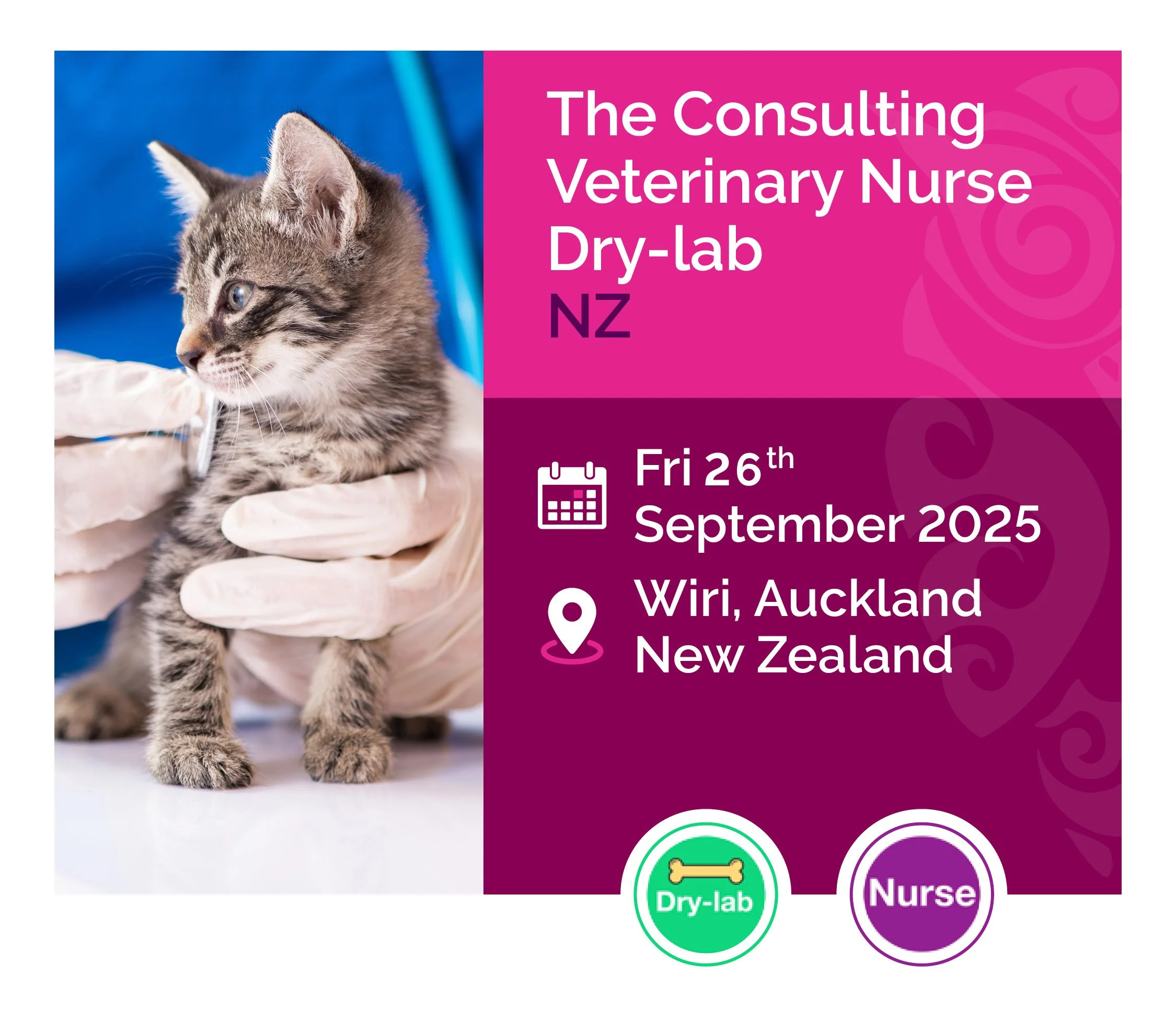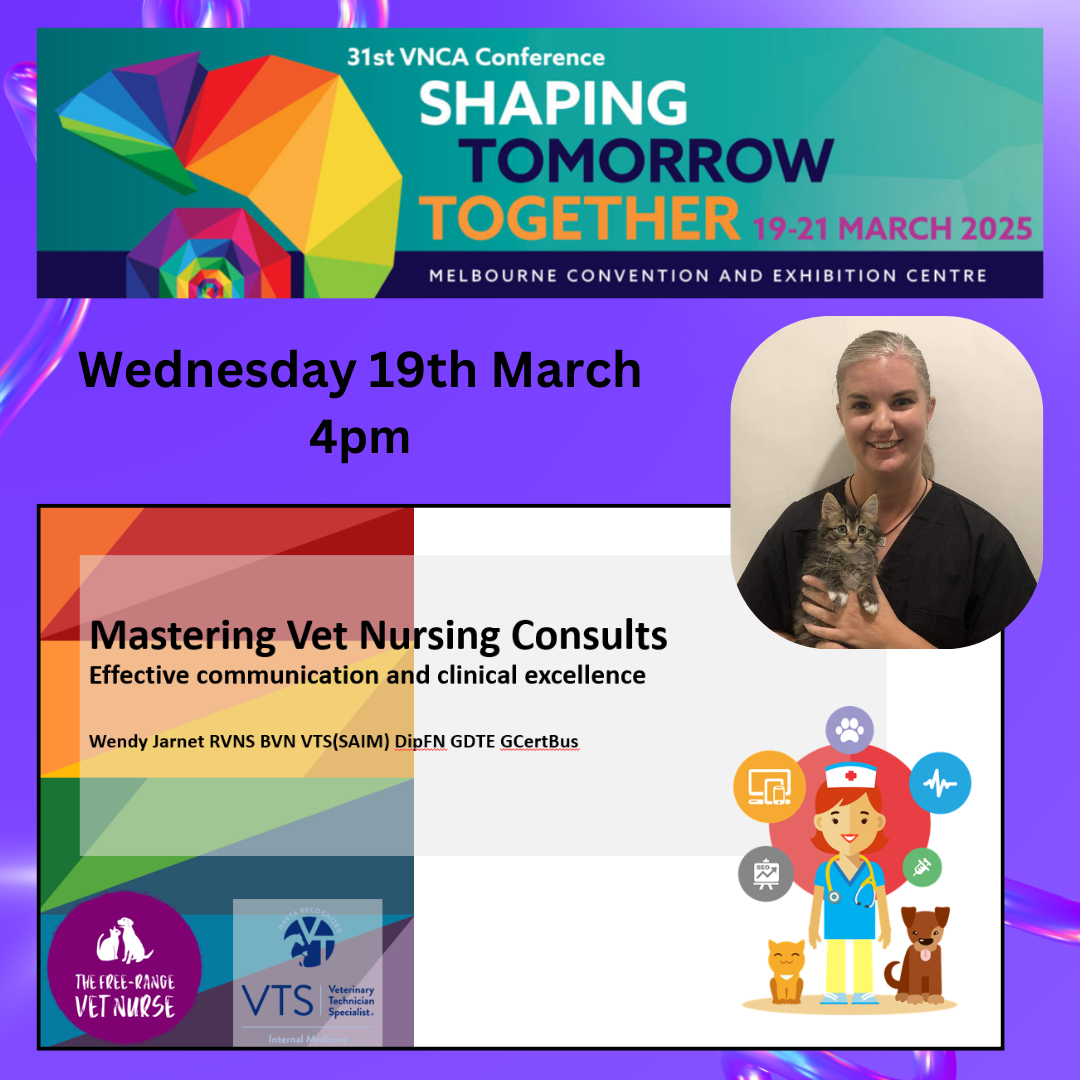
2025
When Medicine meets Nutrition: Feeding the Gut, Supporting the Patient
This webinar offers a focused refresher on the nitty-gritty of gastrointestinal anatomy before moving into common internal medicine diseases that impact the gut. It highlights how veterinary nurses can play a key role in supporting these patients through informed nutrition choices and a solid understanding of each condition’s dietary needs.
In partnership with Hills Pet Nutrition and the NZ Veterinary Nursing Association
The Coagulation Cascade Explained: From Physiology to Pathology to Diagnostic Clarity
This FREE webinar offers a clear, practical overview of the coagulation cascade and key diagnostic tests for coagulopathies in veterinary patients. Covering the intrinsic, extrinsic, and common pathways, it explores common bleeding disorders and essential tests such as PT, aPTT, TT, D-dimer, and fibrinogen. Designed for veterinary nurses, technicians, and clinicians, the session focuses on test interpretation and clinical application to support better diagnostic decisions and patient care.
RACE approved.
The Consulting Veterinary Nurse Dry-lab
This in-person workshop on veterinary nursing consults, is designed to enhance your skills and confidence in the consulting room. This hands-on session will equip you with essential communication techniques to effectively gather patient histories, explain findings, and educate clients. You’ll gain practical experience with common vet nursing consults like dental checks, nutrition and palliative care, to name just a few, through interactive role-playing scenarios, preparing you for real-world situations.
Calm in the Chaos: Tackling Anxiety in the Veterinary Space
Anxiety is a prevalent issue among veterinary nurses, impacting their personal wellbeing, job satisfaction, and overall performance. The high-stress environment of veterinary practice, coupled with emotional demands, can contribute significantly to anxiety. This presentation is designed to explore the sources of anxiety specific to veterinary nurses and provide practical strategies for managing and alleviating this stress.
Mastering Vet Nursing Consults
This lecture examines the business benefits of veterinary nursing consults, including their potential impact on client satisfaction, revenue generation, and team morale. Participants will understand how these consults strengthen client relationships, diversify service offerings, and improve job satisfaction for veterinary nurses, contributing to a more successful and sustainable practice.
This lecture further explores the practical implementation of veterinary nursing consults. Participants will learn how to run effective consults, understand the types of consults to consider, and ensure compliance with ethical and legal standards. Emphasis will be placed on communication, record-keeping, and workflow efficiency.
2024
From Guts to Glory: A Veterinary Nurses Guide to the GI Tract
This webinar is focused on the gastrointestinal (GI) tract, where you’ll increase your understanding and skills in this critical area of patient care. This session will cover the basics of GI anatomy, providing a clear understanding of how the digestive system functions. We will also explore common GI diseases, learning about their symptoms and underlying causes, and gain practical nursing insights to effectively manage patients with these conditions. This webinar offers essential, practical information designed to improve your ability to care for patients with gastrointestinal issues.
Urinary Insights: From Trouble to Triumph
For this webinar, we will focus on three key areas. First, we’ll explore the basic anatomy of the small animal urinary system, concentrating on the ureters, bladder, and urethra while excluding the kidneys. Next, we’ll identify common urinary diseases seen in small animals, such as urinary tract infections (UTIs), urolithiasis, and bladder inflammation, discussing how to recognise and explain their clinical significance. Finally, we’ll discuss management strategies for urinary issues, including dietary modifications, hydration approaches, and practical monitoring techniques to support early detection and prevent complications.










